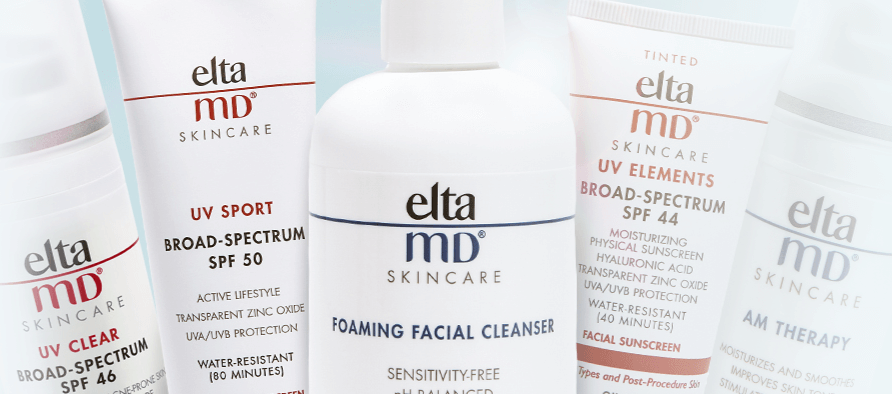May Is Skin Cancer Awareness Month!!
With over 5 million cases diagnosed in the United States each year, skin cancer is America’s most common cancer. Fortunately, skin cancer is also one of the most preventable forms of cancer.
About 90 percent of nonmelanoma skin cancers and 85 percent of melanoma cases are associated with exposure to ultraviolet radiation from the sun.
Early Detection Starts With You…
Protect Yourself With Sunscreen & See Us Annually For Your Skin Check
MAY PROMO
Purchase $80 Of Any EltaMD Products…
Receive a FREE UV Aero ($37 Value)
While Supplies Last
Offer Ends 5/31/2021
Call Our Office For Details
941-360-2477
Top 3 Types Of Skin Cancer
Basal Cell Carcinoma
Basal cell carcinoma (BCC) is the most common form of skin cancer, with approximately 3.6 million cases diagnosed in the U.S. every year. This kind of tumor arises from (no surprises) the skin’s basal cells. These cells line the deepest layer of the epidermis, the outermost layer of the skin. BCCs are uncontrolled growths that can appear as open sores, scars, shiny bumps or red patches.
Following a complete sun-protection strategy vastly reduces your risk of developing BCCs, which are usually caused by a combination of cumulative and intense, intermittent sun exposure.
The good news is that BCCs rarely metastasize (spread to other organs). However, if a tumor is not spotted early or properly treated, it can be locally destructive and cause significant scarring or even disfigurement. People can sometimes lose part of an ear or nose.
Squamous Cell Carcinoma
Squamous cell carcinoma (SCC) is second to BCC in prevalence, but still affects an estimated 1.8 million people in the U.S. every year. These tumors arise from squamous cells, which are located on the upper levels of the epidermis, and can manifest as scaly red patches, warts or open sores. They may crust or bleed.
SCCs are more dangerous than BCCs, as they have the potential to metastasize if not detected and treated at an early stage. Prevention is, again, key — SCCs are mainly caused by cumulative ultraviolet (UV) radiation exposure over the course of a lifetime. The intense UV rays present in the summer months, those reflected off ice and snow in winter, and those coming from indoor tanning bed use all add up, contributing to skin damage that can lead to SCC.
Melanoma
Melanoma is perhaps the best-known type of skin cancer, and for a troubling reason — it’s the most dangerous form of the disease. Arising from pigment-producing melanocytes, melanomas can become very hard to treat and even be fatal if allowed to progress. If the cancer is caught early, however, a patient has an estimated 5-year survival rate of 99 percent. That’s why knowing how to recognize a potential melanoma — and then getting yourself to a dermatologist — is so important.
The majority of melanomas appear black or dark brown, but they can also appear pink, white, red, blue or purple. The ABCDEs of melanoma are a good rule of thumb for identifying them.
There can be a genetic component to melanoma; people whose first-degree relatives have had melanoma are at far greater risk of developing the disease. However, your habits in the sun are just as important: Intense, occasional UV exposure (the kind you may receive on a vacation in the tropics, typically leading to sunburn) can trigger tumors; on average, a person’s risk for melanoma doubles if he or she has had more than five sunburns.
No matter what, if you see anything new, changing or unusual on your skin, get it checked out as soon as possible.
Information Provided By The Skin Cancer Foundation







